Subhadipto Poddar
Predicting Barge Presence and Quantity on Inland Waterways using Vessel Tracking Data: A Machine Learning Approach
Dec 31, 2024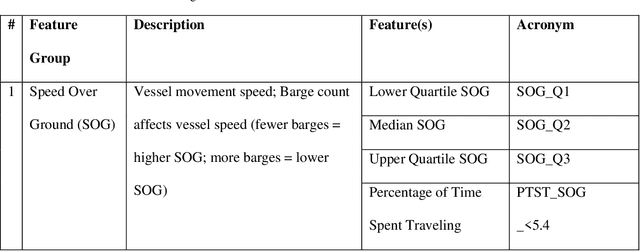
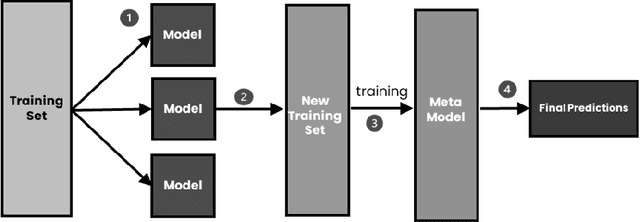
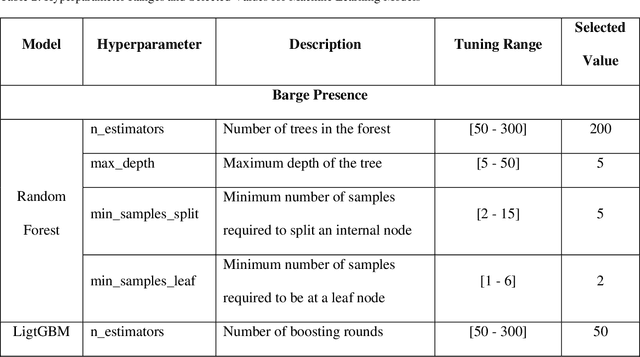
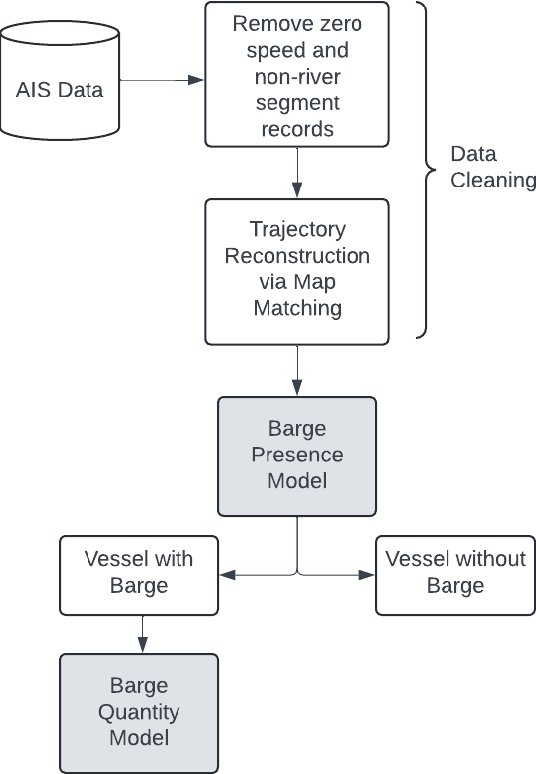
Abstract:This study presents a machine learning approach to predict the number of barges transported by vessels on inland waterways using tracking data from the Automatic Identification System (AIS). While AIS tracks the location of tug and tow vessels, it does not monitor the presence or number of barges transported by those vessels. Understanding the number and types of barges conveyed along river segments, between ports, and at ports is crucial for estimating the quantities of freight transported on the nation's waterways. This insight is also valuable for waterway management and infrastructure operations impacting areas such as targeted dredging operations, and data-driven resource allocation. Labeled sample data was generated using observations from traffic cameras located along key river segments and matched to AIS data records. A sample of 164 vessels representing up to 42 barge convoys per vessel was used for model development. The methodology involved first predicting barge presence and then predicting barge quantity. Features derived from the AIS data included speed measures, vessel characteristics, turning measures, and interaction terms. For predicting barge presence, the AdaBoost model achieved an F1 score of 0.932. For predicting barge quantity, the Random Forest combined with an AdaBoost ensemble model achieved an F1 score of 0.886. Bayesian optimization was used for hyperparameter tuning. By advancing predictive modeling for inland waterways, this study offers valuable insights for transportation planners and organizations, which require detailed knowledge of traffic volumes, including the flow of commodities, their destinations, and the tonnage moving in and out of ports.
Video-based Pedestrian and Vehicle Traffic Analysis During Football Games
Aug 04, 2024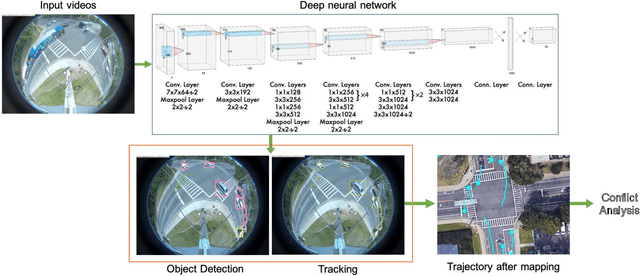
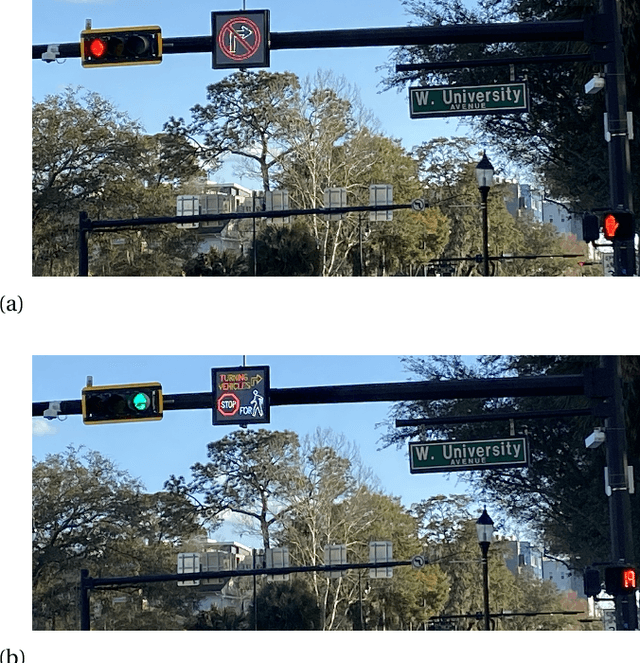
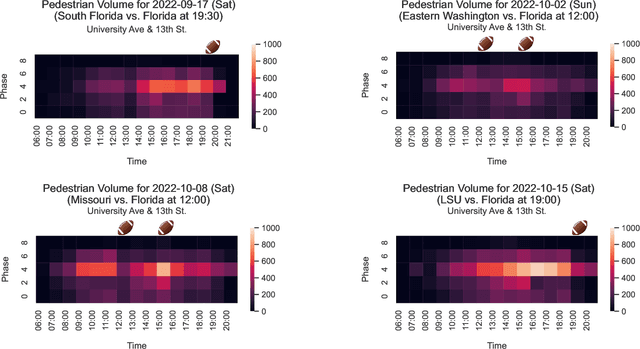
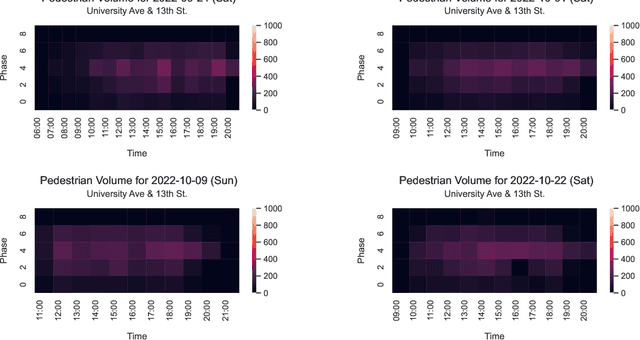
Abstract:This paper utilizes video analytics to study pedestrian and vehicle traffic behavior, focusing on analyzing traffic patterns during football gamedays. The University of Florida (UF) hosts six to seven home football games on Saturdays during the college football season, attracting significant pedestrian activity. Through video analytics, this study provides valuable insights into the impact of these events on traffic volumes and safety at intersections. Comparing pedestrian and vehicle activities on gamedays versus non-gamedays reveals differing patterns. For example, pedestrian volume substantially increases during gamedays, which is positively correlated with the probability of the away team winning. This correlation is likely because fans of the home team enjoy watching difficult games. Win probabilities as an early predictor of pedestrian volumes at intersections can be a tool to help traffic professionals anticipate traffic management needs. Pedestrian-to-vehicle (P2V) conflicts notably increase on gamedays, particularly a few hours before games start. Addressing this, a "Barnes Dance" movement phase within the intersection is recommended. Law enforcement presence during high-activity gamedays can help ensure pedestrian compliance and enhance safety. In contrast, we identified that vehicle-to-vehicle (V2V) conflicts generally do not increase on gamedays and may even decrease due to heightened driver caution.
Deep Reinforcement Learning for Adaptive Traffic Signal Control
Nov 14, 2019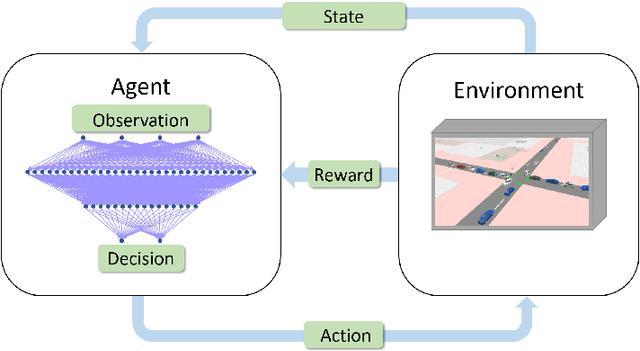

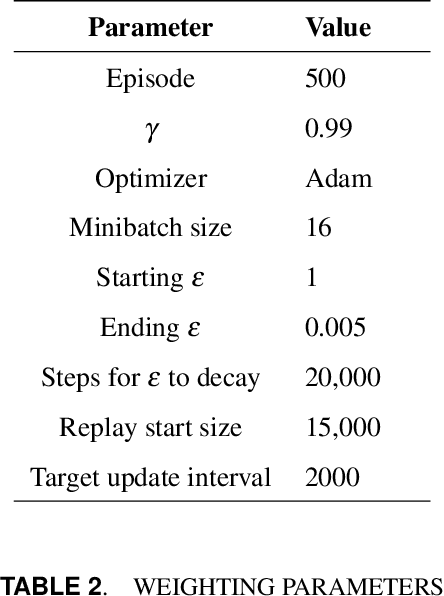
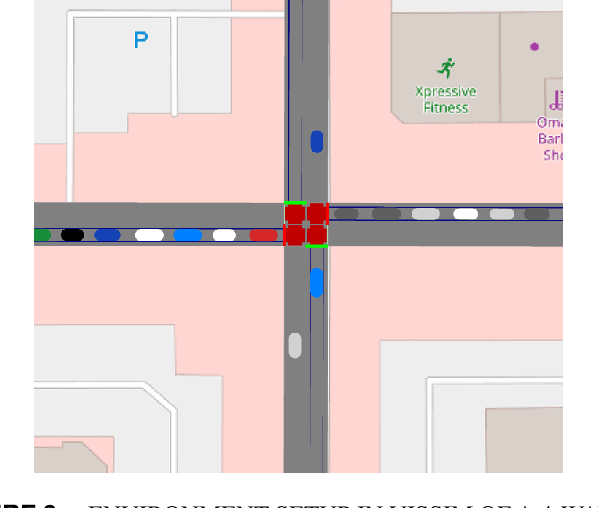
Abstract:Many existing traffic signal controllers are either simple adaptive controllers based on sensors placed around traffic intersections, or optimized by traffic engineers on a fixed schedule. Optimizing traffic controllers is time consuming and usually require experienced traffic engineers. Recent research has demonstrated the potential of using deep reinforcement learning (DRL) in this context. However, most of the studies do not consider realistic settings that could seamlessly transition into deployment. In this paper, we propose a DRL-based adaptive traffic signal control framework that explicitly considers realistic traffic scenarios, sensors, and physical constraints. In this framework, we also propose a novel reward function that shows significantly improved traffic performance compared to the typical baseline pre-timed and fully-actuated traffic signals controllers. The framework is implemented and validated on a simulation platform emulating real-life traffic scenarios and sensor data streams.
 Add to Chrome
Add to Chrome Add to Firefox
Add to Firefox Add to Edge
Add to Edge